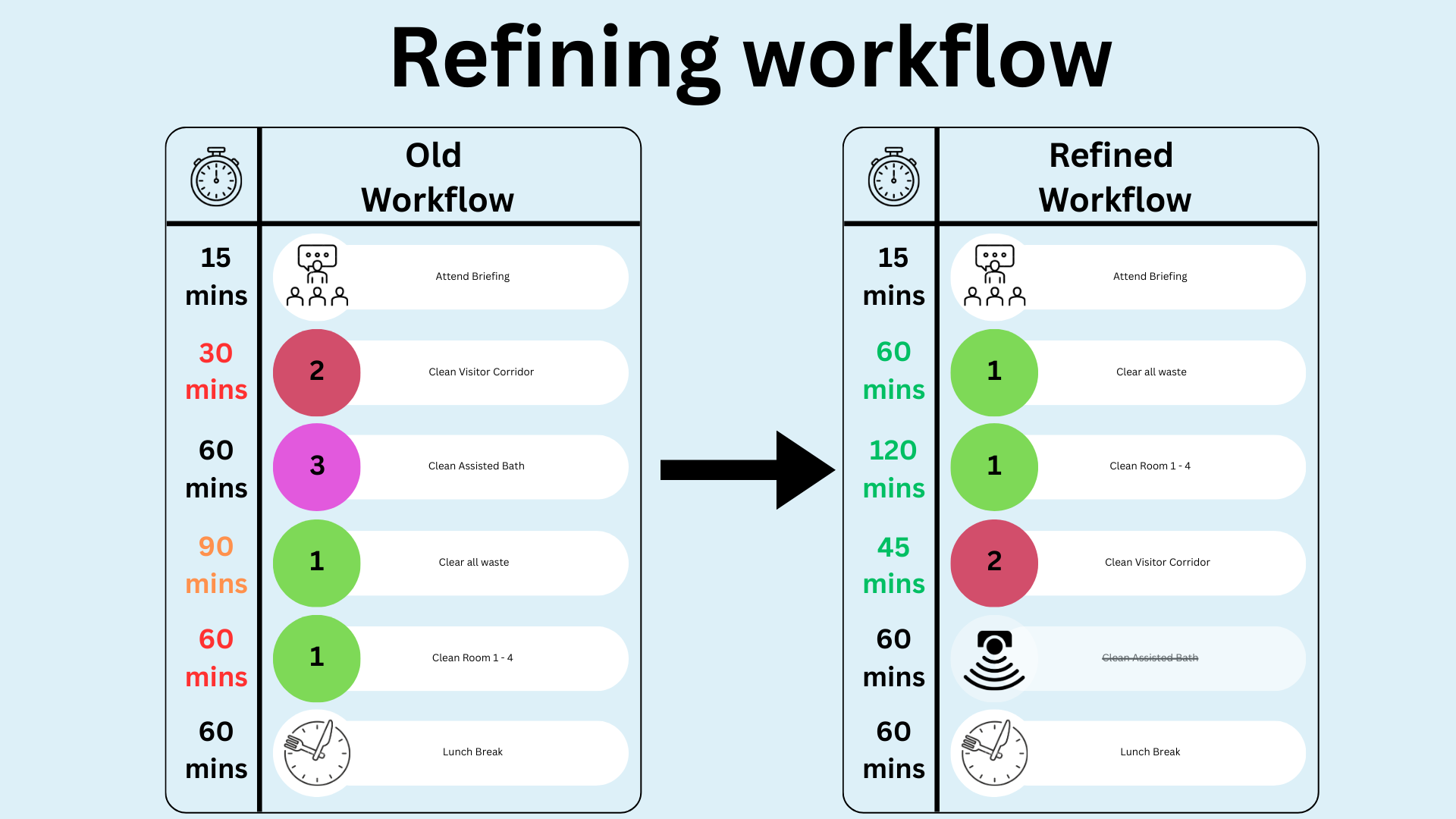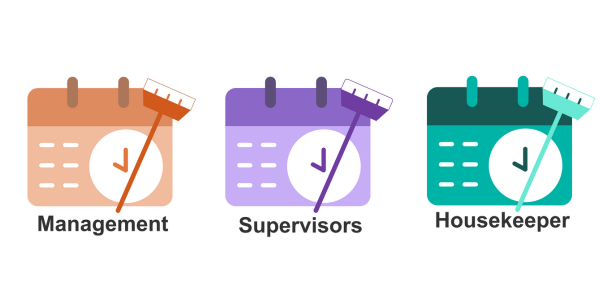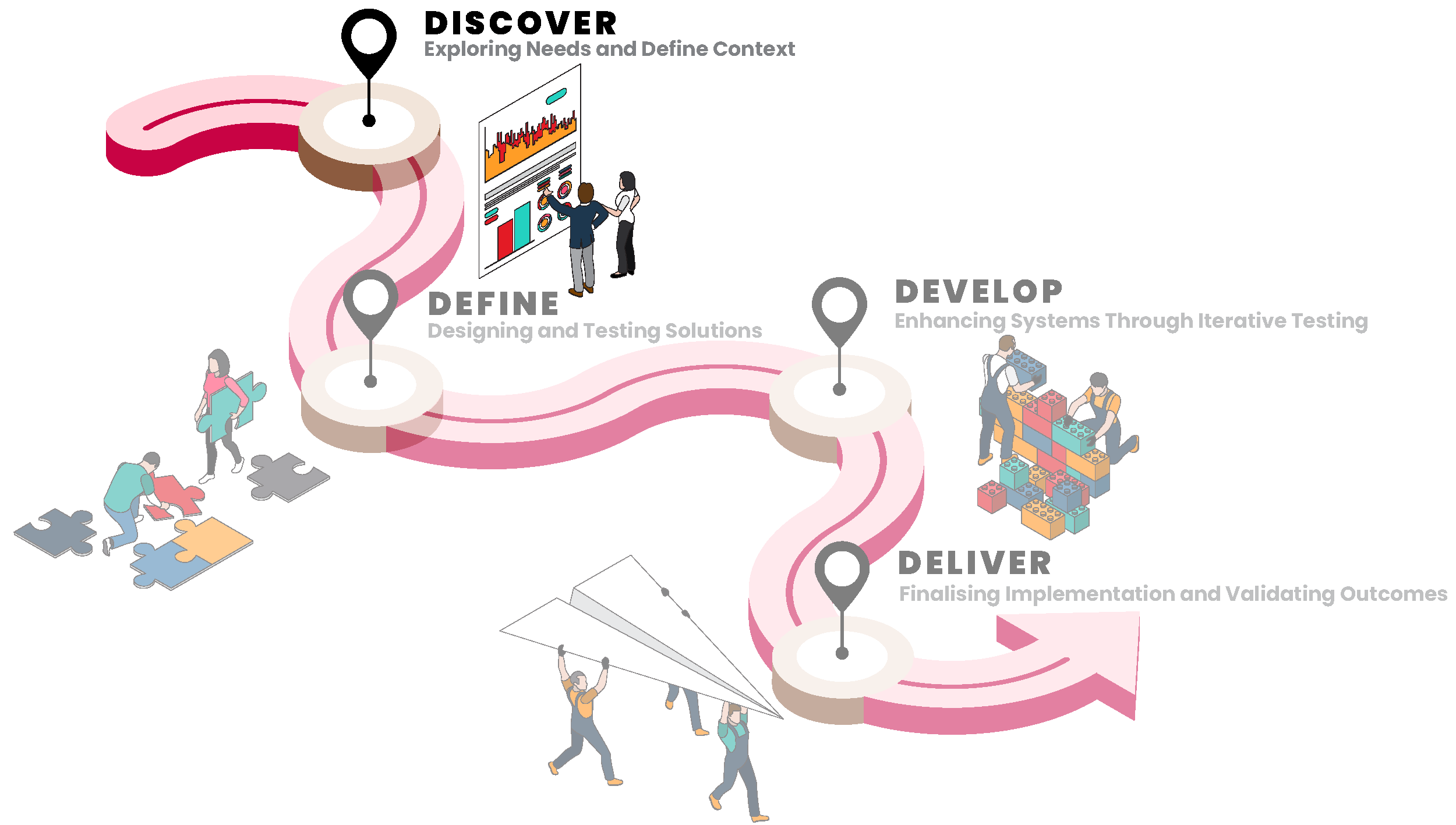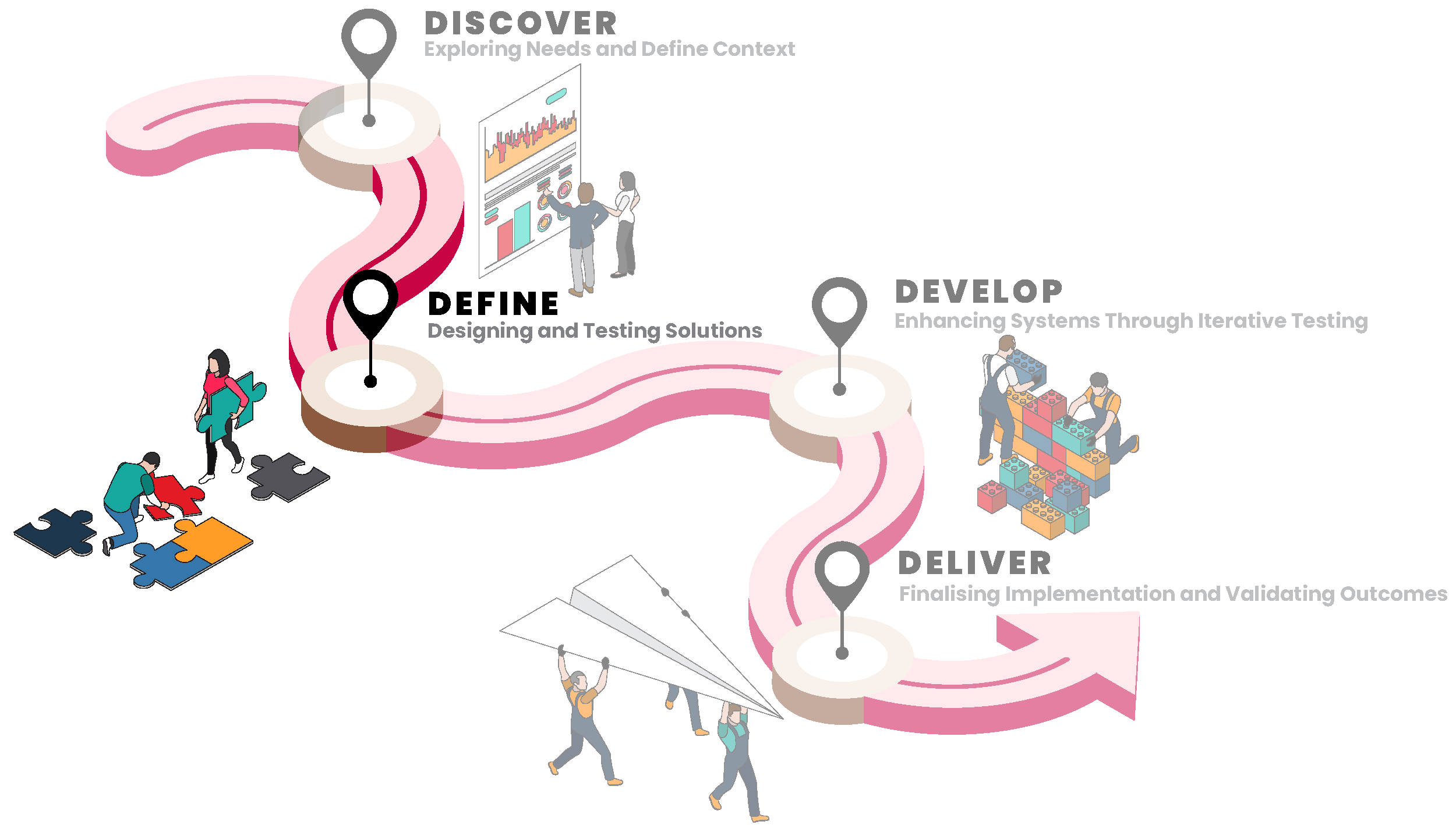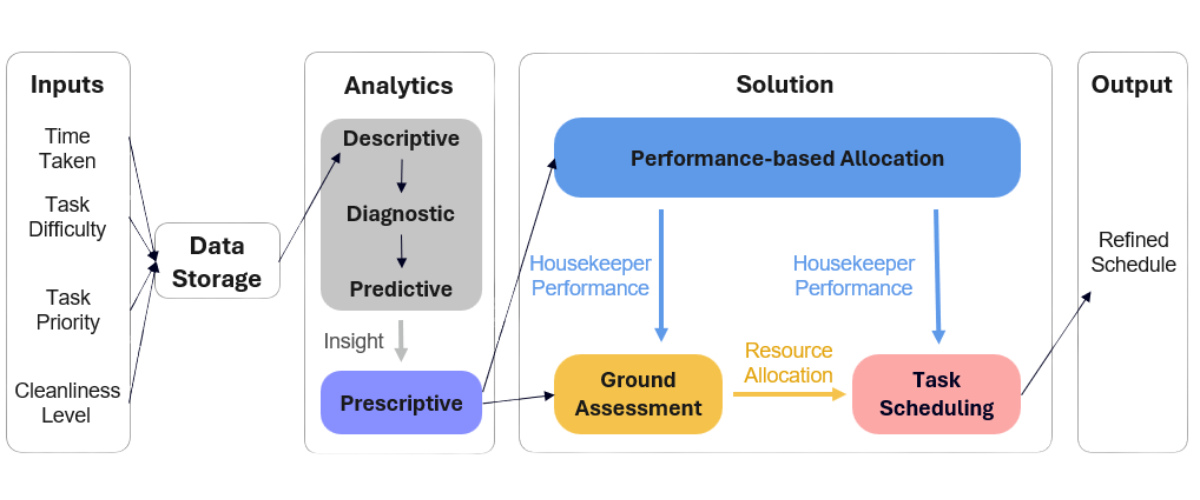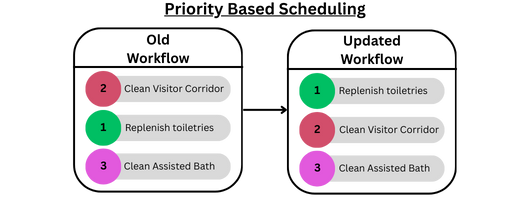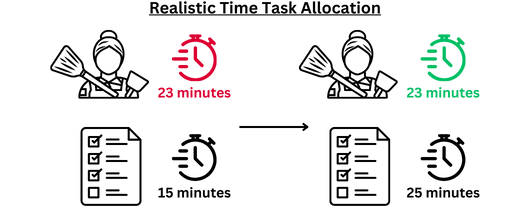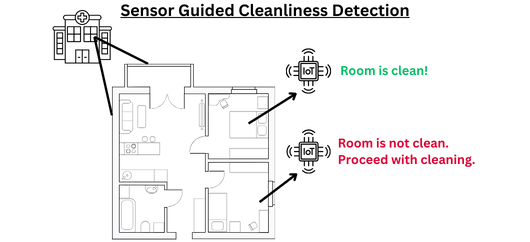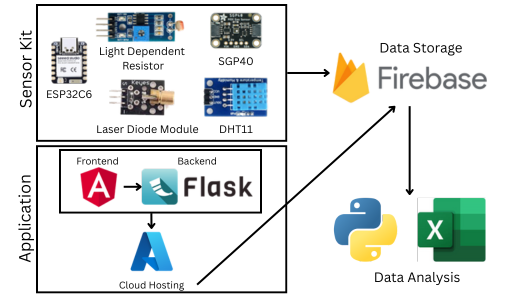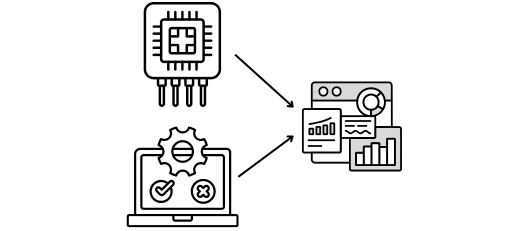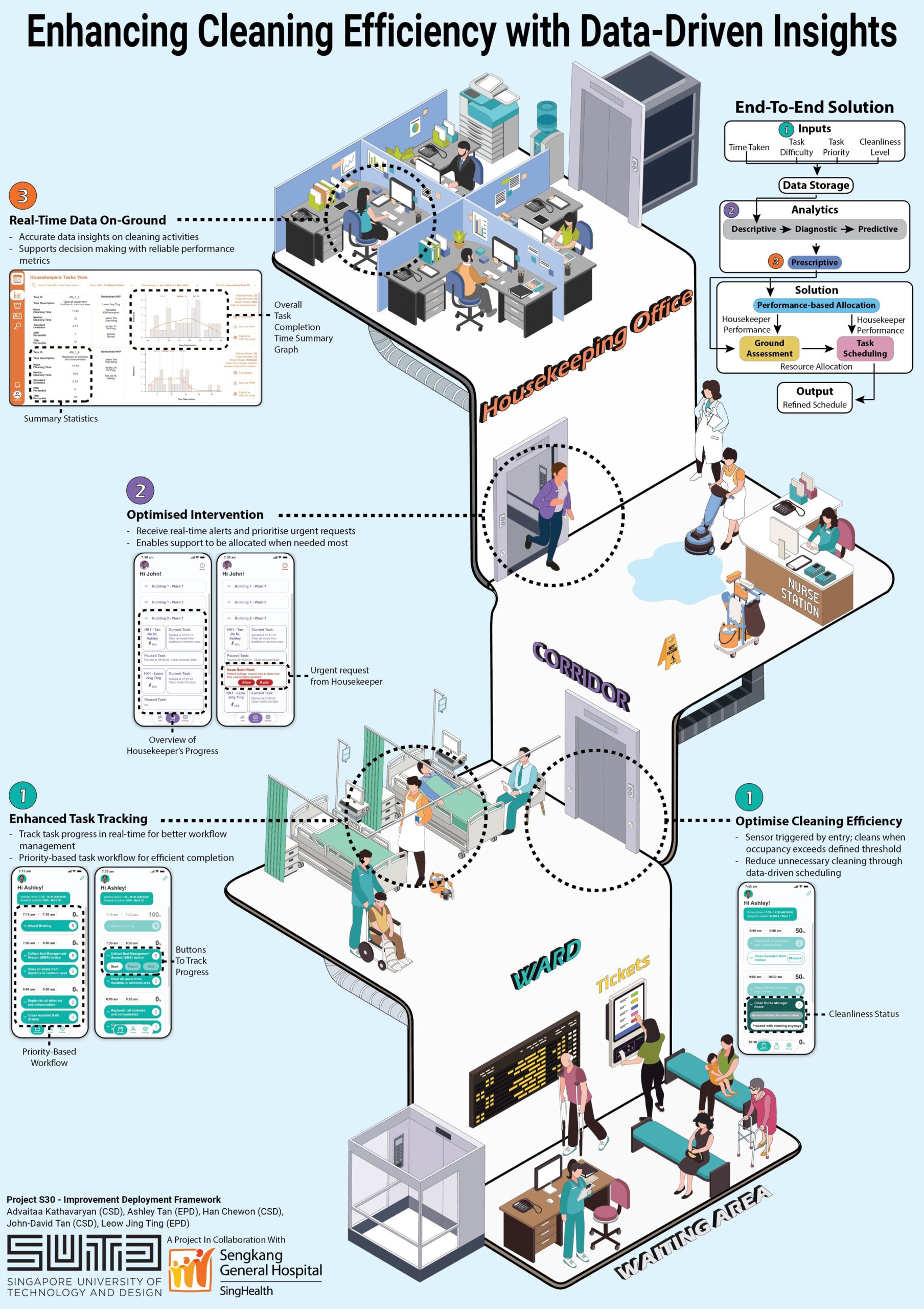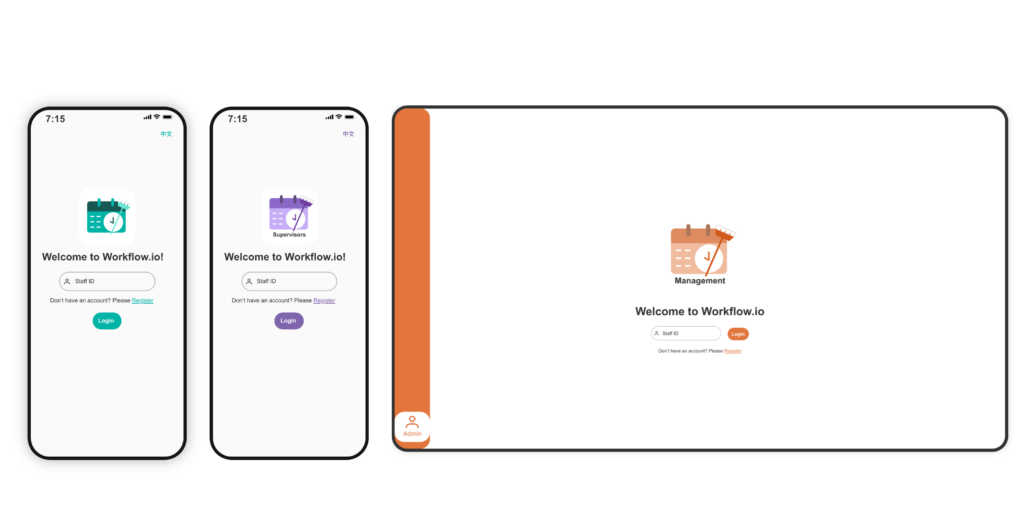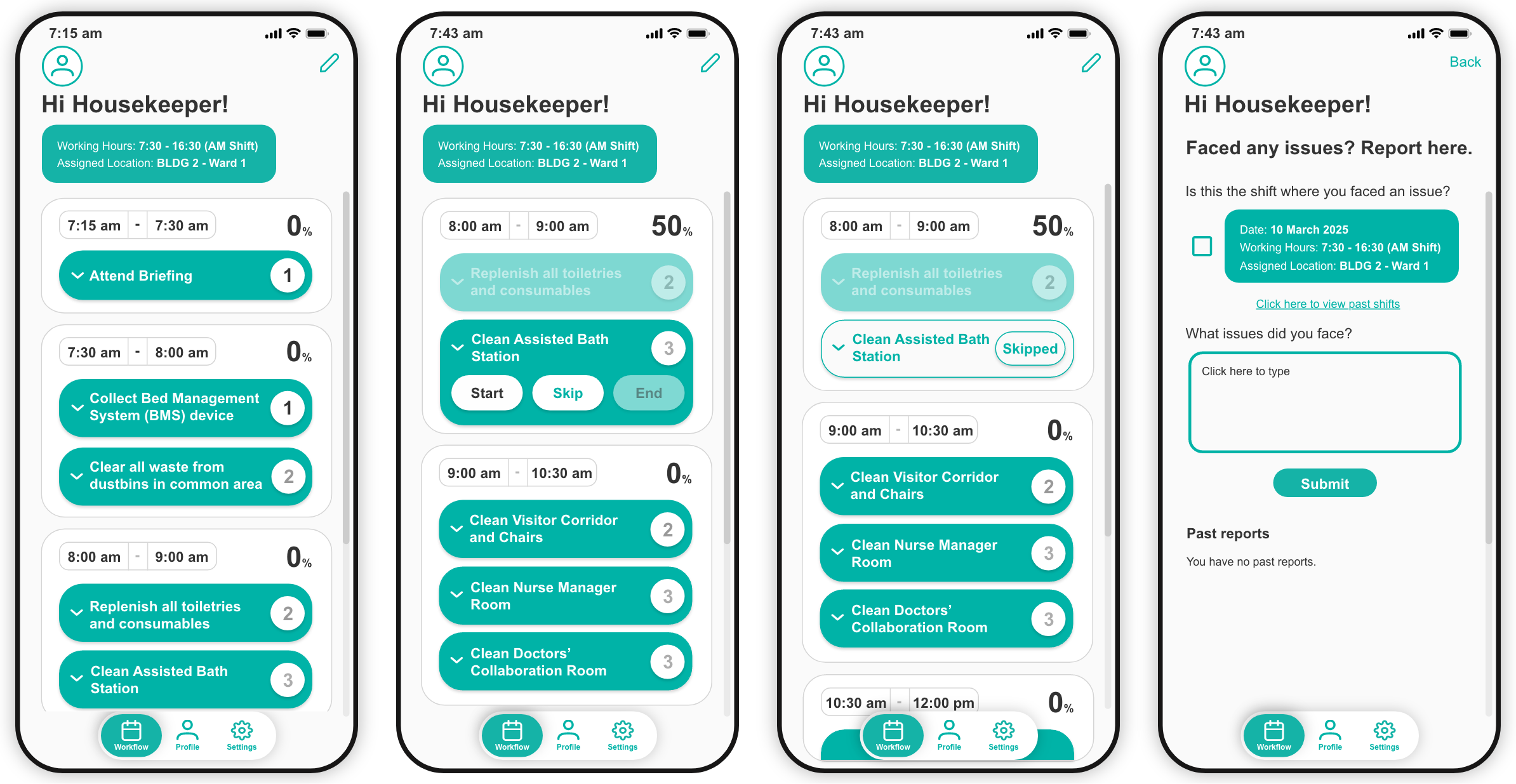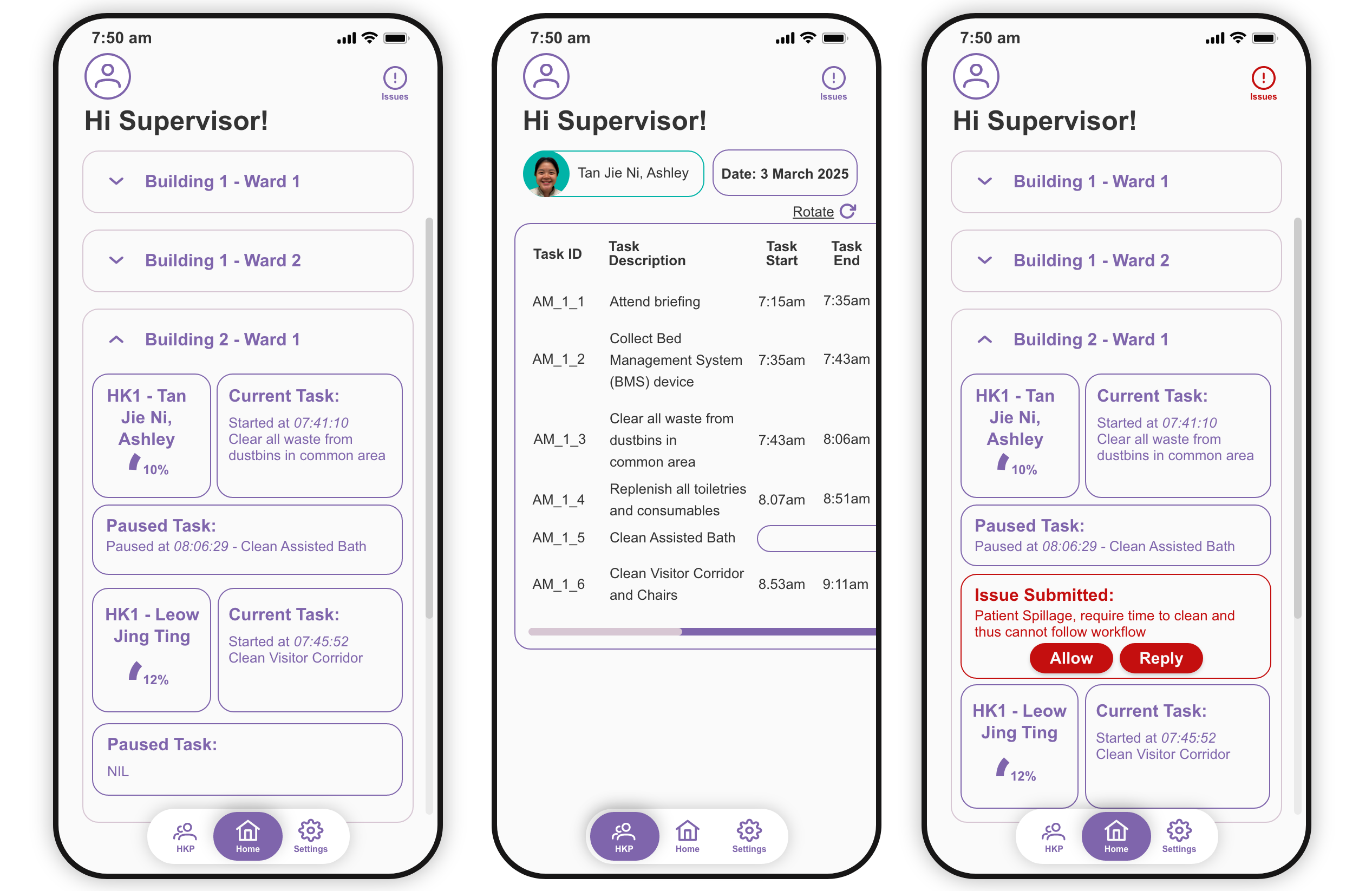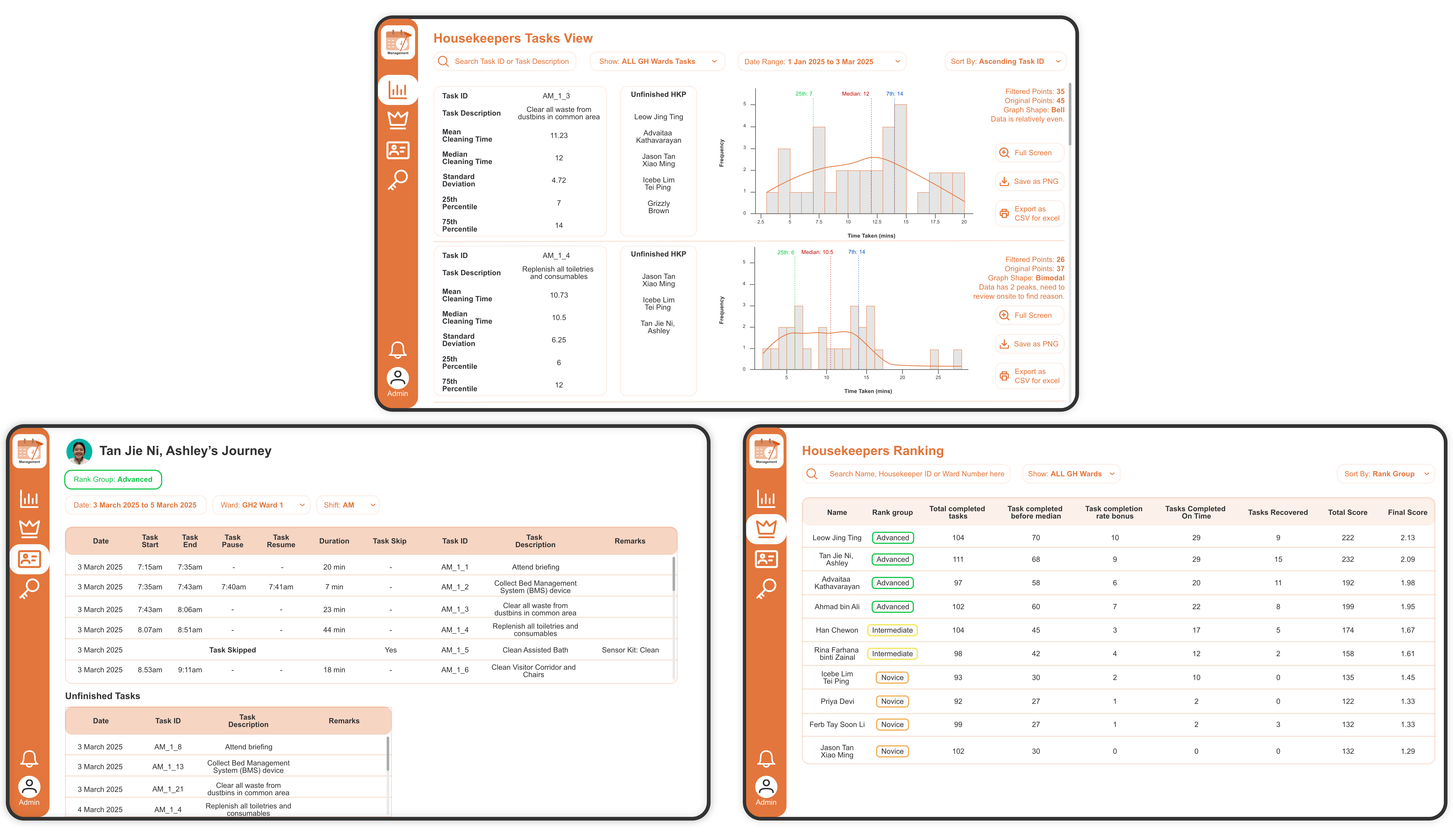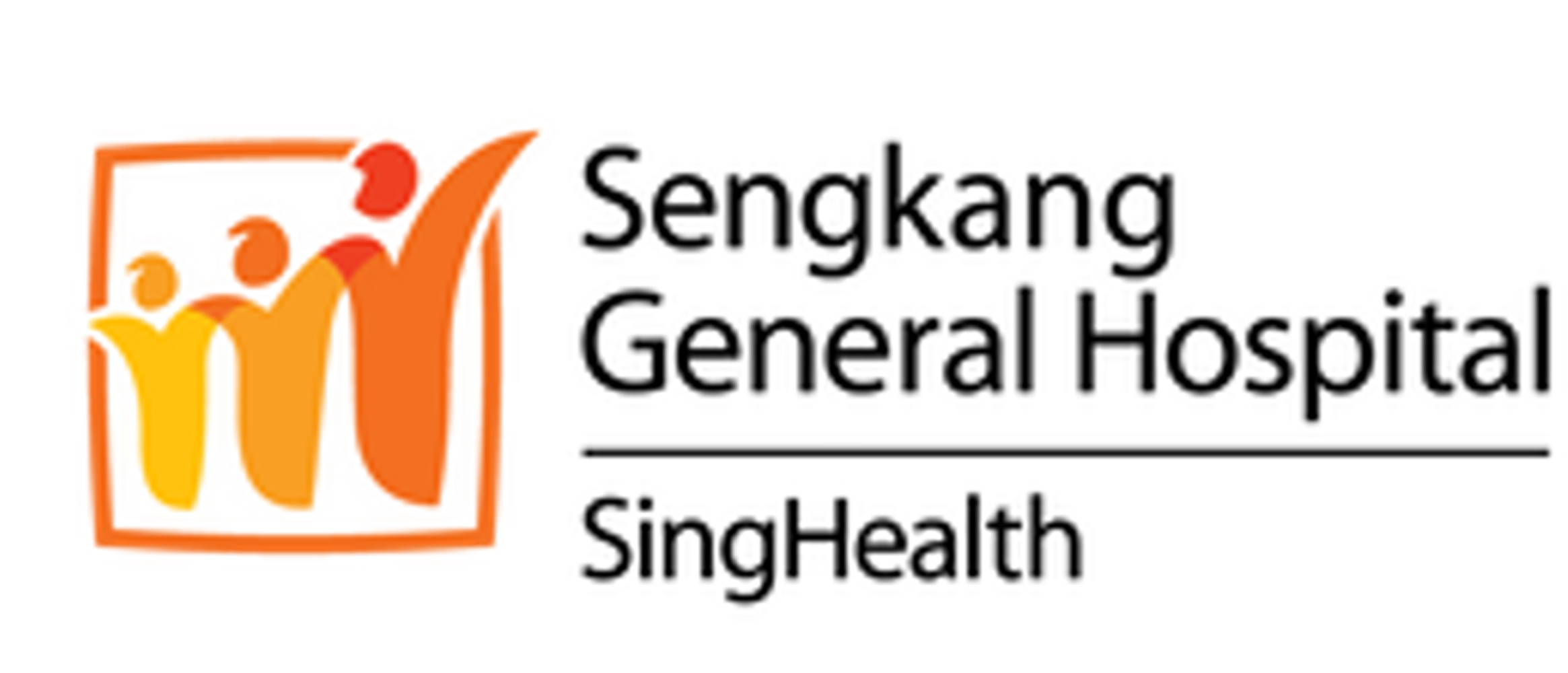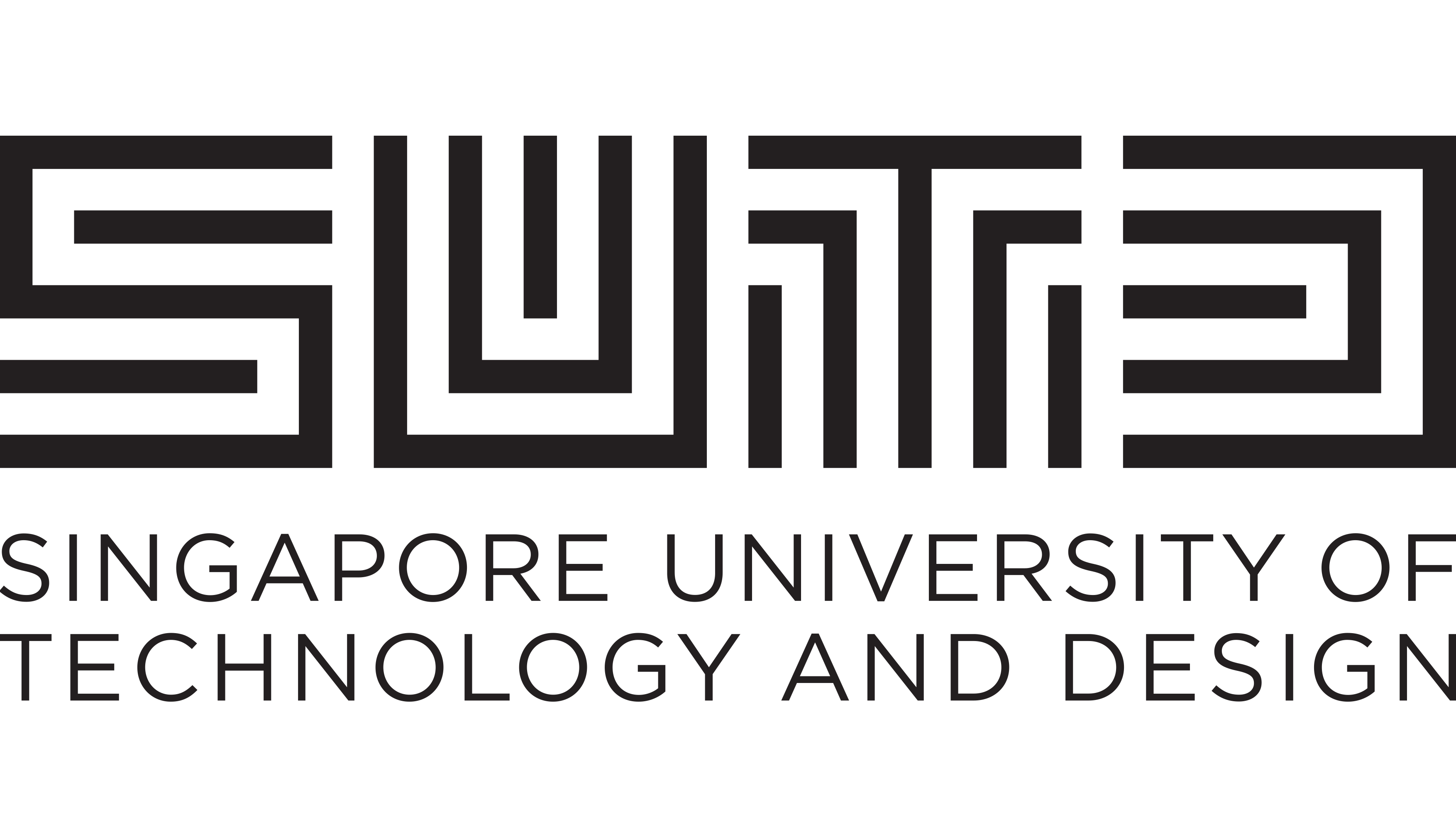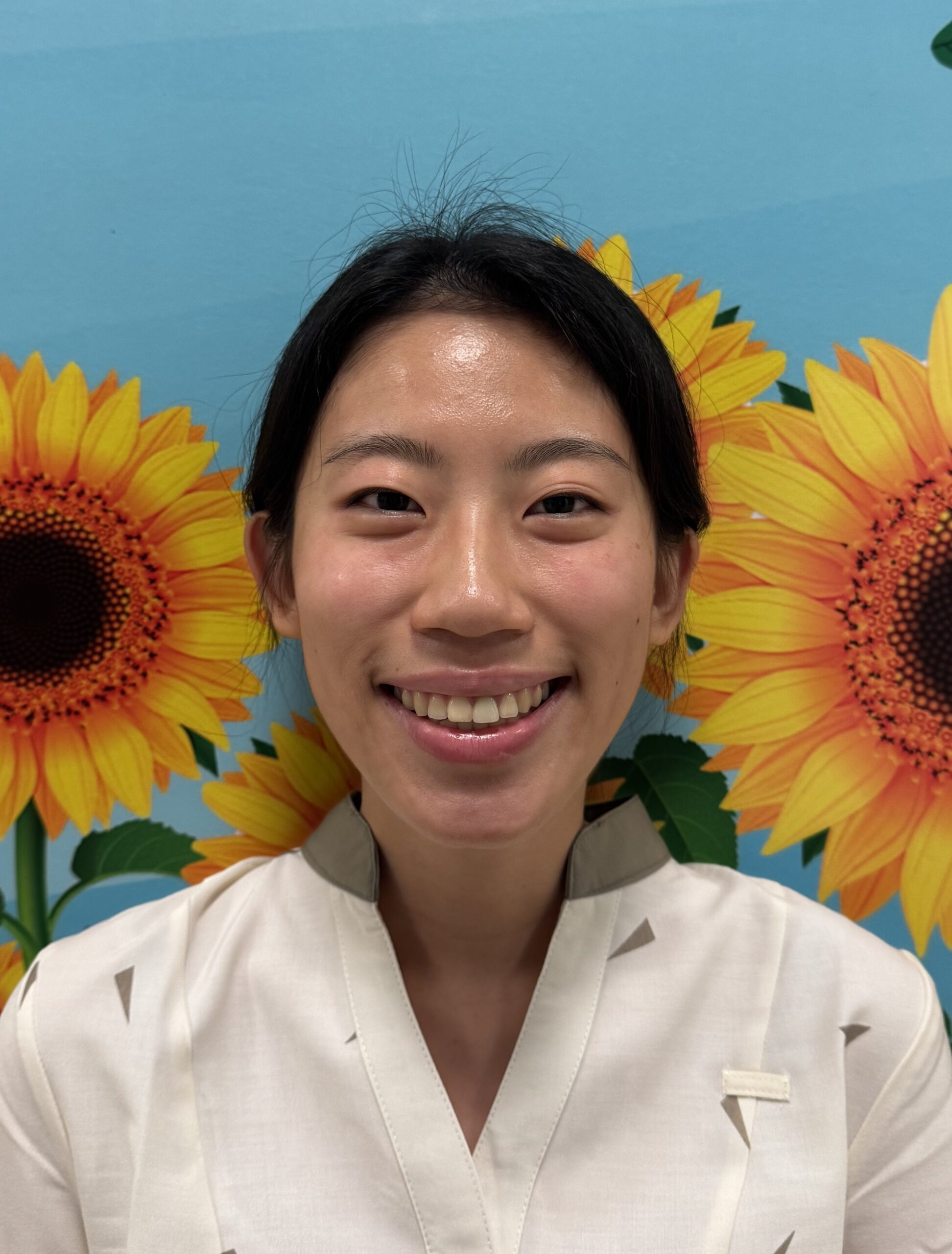Our Task Tracking Application enabled us to collect detailed performance and usage data, which was used to evaluate the efficiency and adaptability of current housekeeping workflows.
1. Time Block Analysis
The distribution of time taken to complete each task was modeled to assess whether existing time blocks were appropriately sized. Tasks that were either under- or over-allocated in the daily schedule were identified, and adjustments for a more balanced workflow were subsequently recommended.
2. Unfinished Task Analysis
The rate at which tasks were left unfinished was evaluated. Based on this, the deprioritisation of certain lower-urgency tasks was proposed, making them eligible for rescheduling to a later date rather than requiring same-day completion.
3. Skipped Task Analysis
The frequency of skipped tasks was analyzed to assess the balance between mandatory daily cleaning and lower-priority tasks. Recommendations on adjusting task frequency were informed by these findings, aligning them more closely with on-ground capacity.
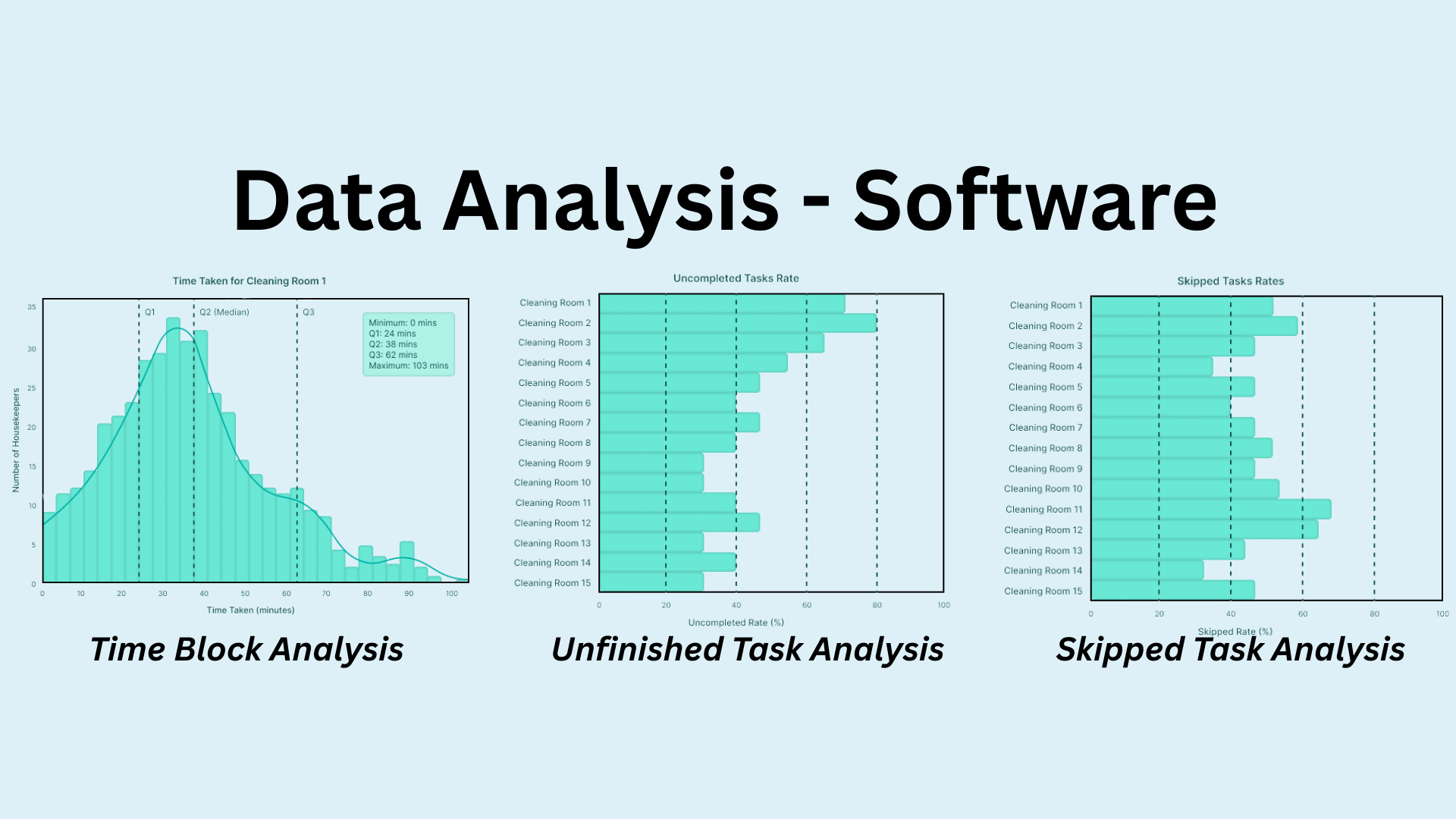
To evaluate whether current cleaning frequencies matched actual usage, two types of sensor kits were deployed in selected areas where testing was permitted.
- The first kit, equipped with a Laser Diode Module and Light Dependent Resistor, was used to track the number of entries into an area.
- The second kit, which utilized Humidity, Temperature, Light, and Air Quality sensors, was used to collect environmental data to assess whether the space was actively used.
Both areas were initially subjected to mandatory daily cleaning. Through analysis, it was revealed that entry and usage levels were higher on certain days—particularly weekdays—thereby justifying daily cleaning. However, on days with significantly lower activity (e.g., weekends), daily cleaning was determined to be excessive.
These findings have supported the development of a more data-driven cleaning schedule, ensuring that resources are better aligned with actual area usage.

Based on insights drawn from both software and hardware analyses, several refinements to the housekeeping workflow were proposed by the team.
Task allocations were rescheduled and adjusted to minimize instances where insufficient time blocks had been assigned, thereby creating a more balanced and achievable daily schedule. Cleaning frequencies were also reviewed and reduced where appropriate—particularly for tasks in low-usage areas—to ensure that cleaning efforts were better aligned with actual need.
Furthermore, essential tasks were prioritised, and flexibility for dynamic rescheduling was introduced, allowing non-urgent tasks to be deferred to another day if not completed. Through this approach, task distribution was improved, staff workload was eased, and real-world constraints were more accurately reflected.
Overall, a refined workflow was developed with the aim of improving cleaning efficiency while maintaining high cleanliness standards.
